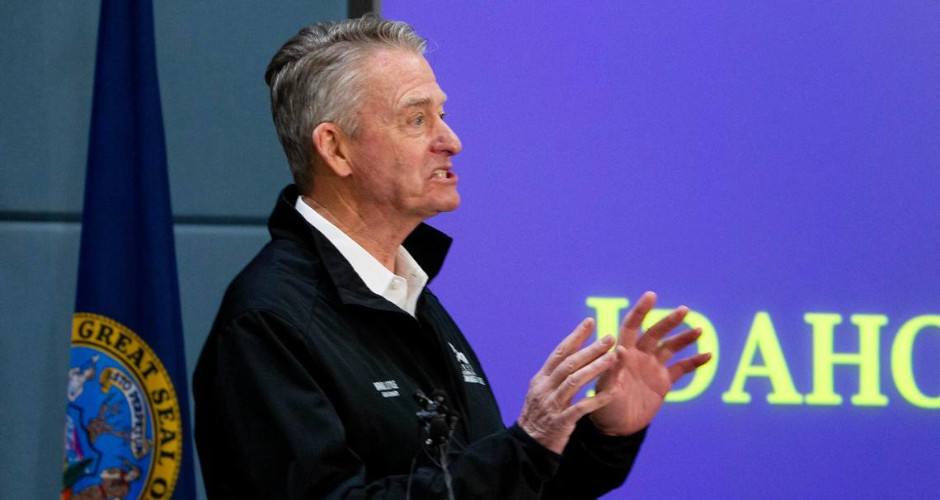I was told this by a patient who was also one of my closest physician friends.
I announced my retirement date 6 months in advance and did not schedule any big surgery cases 3months out from my retirement date. Over the years—41 years of practicing medicine and surgery, a surgeon develops relationships with not only his patients but his referring physicians. I never advertised and I was never employed by a hospital or insurance network so my only source of referrals was from satisfied patients and satisfied referring physicians. Outside of my own family and the friends of my youth, those relationships have been my greatest source of satisfaction. After my own cancer surgery, my wife, several former patients, and a consulting physician were at my bedside.
I was presented with a very difficult situation just a few months before I was to retire when one of my closest friends and a consulting physician came to me with metastatic colon cancer. His primary tumor was in his colon, but he had metastatic disease in his lungs and liver. As happened to me hundreds of times in my career, my patient became a source of inspiration for me and as despondent as we both were with his diagnosis and prognosis, I believe we each gave each other hope for the future.
The first step in his case was to find an oncologist (cancer medical doctor) who would agree to try an off “off label” protocol of a relatively new chemotherapeutic agent called Avastin. Several local doctors refused, but one agreed and we initiated Avastin chemotherapy plus the standard regiment. There were some days that were touch and go with this new regiment, but after 3 months, we were able to resect not only his primary tumors but the ones in his liver and lungs. Surveillance of all lesions with repeat biopsies have confirmed that there is no more cancer in his body. We recently celebrated the fifth anniversary of his being cancer-free.
We are both devout Christians and acknowledge God’s hand in this miraculous cure—the only person in my 42-year career that I have had with such a tumor burden that has survived. But there was a moment during the initial decision-making process when we confronted the risks of aggressive treatment with the chance of success and weighed this with the opportunity of a few good months without having to deal with the toxicities of aggressive experimental chemotherapy. In those moments he taught me a great lesson after 41 years practicing medicine he said this to me “John. The greatest risk for me is taking no risk!”
Wow, as he ever right in assessing his situation. Is this not a lesson that all of us can take to the bank—including our Governor, but also everyone who has bought into the idea that we can actually lower our risk of being exposed to and be infected with the COVID-19 virus? No scientist has ever told us that by “flattening the curve” the risk to us individually or collectively of being infected with the virus will be lessened. The reason for the mitigation strategies of “stay in place’ and quarantine were logistical. Enabling the health care system to spread out the surge of sick patients and thus accommodate the need for clinicians and material (respirators and hospital beds) and not run out of supply, is a wise strategy. The area under a flattened prolonged curve would always be the same morbidities and mortalities in the long run would be the same,
As the curve flattens, other mitigation strategies like isolating those most at risk and with comorbid conditions and opening up the economy would be more appropriate. Herd immunity would be established more quickly, and a second phase of the disease would be more contained.
No matter what mitigation strategy is deployed there would be risk. But a one size fits all strategy for Idaho and the tri-state NY area, or for ADA vs Lincoln counties is folly. Any strategy in our state will be successful because flattening an already flat curve will produce a good result—the same result that any mitigation strategy would produce.
Staying with the same mitigation strategy as our Governor did on May 1st is like taking the lowest risk strategy that my dear physician friend was given the opportunity to take. The least risk strategy in both cases carries the most risk. Death in one case and the demise and killing of a vibrant economy in the other. And not only the economy but the killing of hope and optimism and dreams of families and a sense of self respect and dignity.
Mr. Governor, Sir, No risk is the greatest risk. Courage please, sir.


